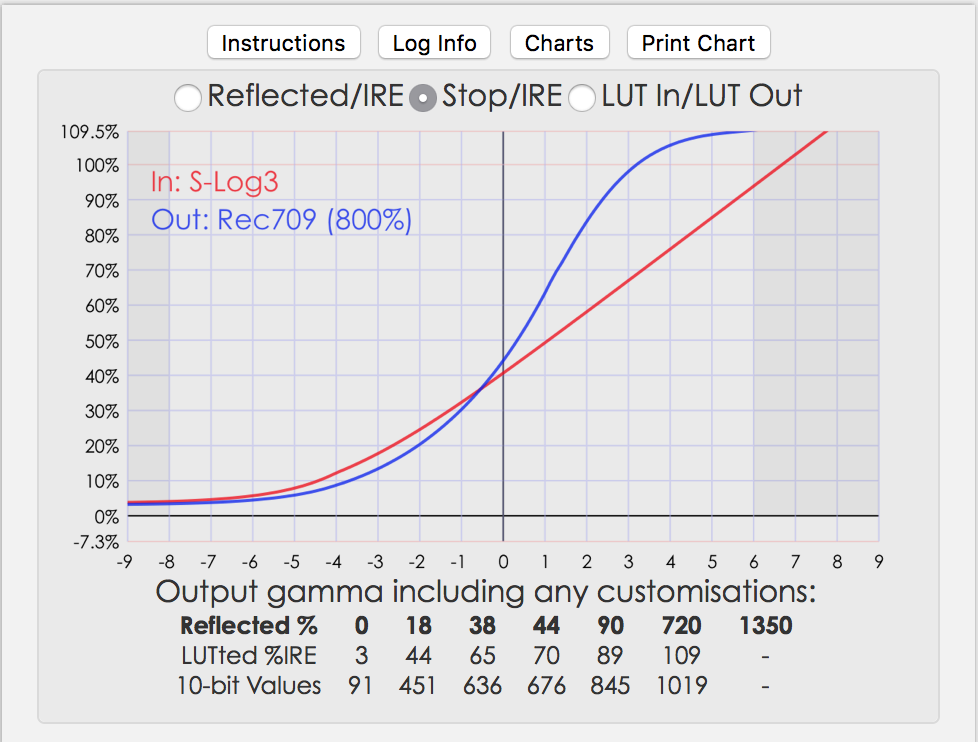Search the Community
Showing results for tags 'IRE'.
-
In both, I'm referring to filming with a Panasonic GH5 on V-Log L 1. Why do we need correct exposure for a particular log? Do colors shift when using wrong IRE? Or is it more for retaining details, not colors? 2. I've seen someone on Youtube (can't remember exactly who) saying that to get proper exposure on V-logL, your subject should be at 42 IRE. Using an 18% gray card, he adjusted the exposure until it's roughly 42 IRE. So i thought to myself that I can adjust exposure even when the subject/actor hasn't arrived on the set yet. I'll hold an 18% gray card on where his face would be and put it at 42 IRE on my waveform (or false color monitor). However, I've read somewhere that IRE is different for different skin tones, like 55 for caucasians. So, should I just expose my grey card to 42 IRE of just wait for the actor to arrive and expose for his skin tone? Which one is correct? Thanks advance! God bless.
-
There has to be a correlation right? Lets say I shoot a 18% gray card and it is sitting at 50 IRE on a waveform monitor. What would an increase of 1 stop read? A decrease of 1 stop? I'm trying to create some customized false color LUTs just for my own purposes to analyze images in resolve. But I'd like to be able to say ok, gray = middle gray, one stop over that should be yellow, two stops over that should be orange, three stops over that should be red, etc. but I'm struggling with knowing how to measure the exposure gains. Thanks!
-
Hi everyone. I'm very interested in being able to breakdown lighting ratios from inspiration using the same set of standards that I use when shooting (mapped IRE false color values on a production monitor). However, I'm having a bit of trouble grasping the best way to accomplish this. It's clear to me that images read best on camera between 2 stops over/under key. I'm shooting in slog3 on FS7, but monitoring in rec709 LUT on my monitor. I've brought up a chart from the app "LutCalc" that displays relative IRE/stop values for a certain monitor LUT- in this case going from slog3->rec709(800%). (Attached) So from what I understand here are the following values for +- 3 stops from key. -3 = 14% -2 = 20% -1 = 30% 0 = 44% +1 = 63% +2 = 84% +3 = 97% Does this mean that if I assign each relative stop to the corresponding IRE value in False Color using the same monitor I shoot with that I will be able to accurately breakdown lighting ratios and seamlessly recreate said ratios on set by matching colors?
- 9 replies
-
- false color
- lighting ratio
-
(and 3 more)
Tagged with:



